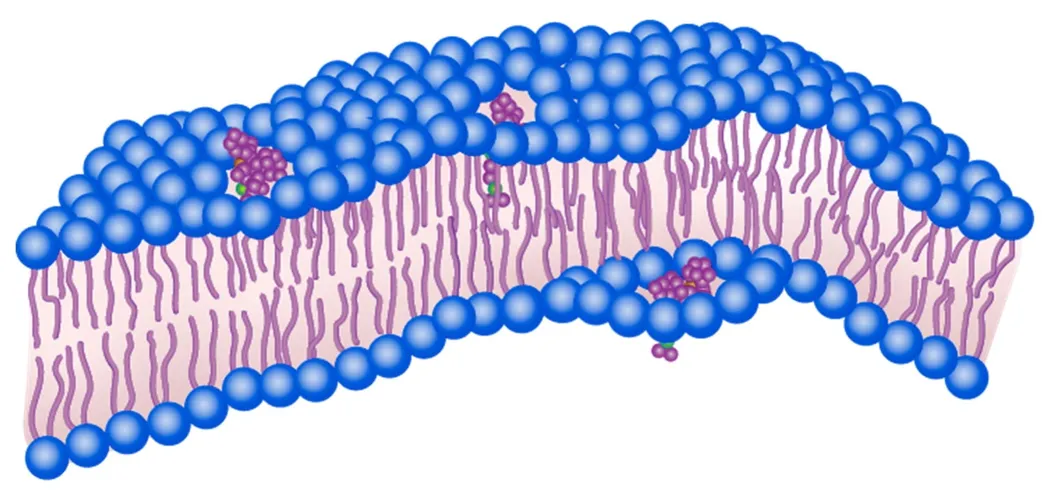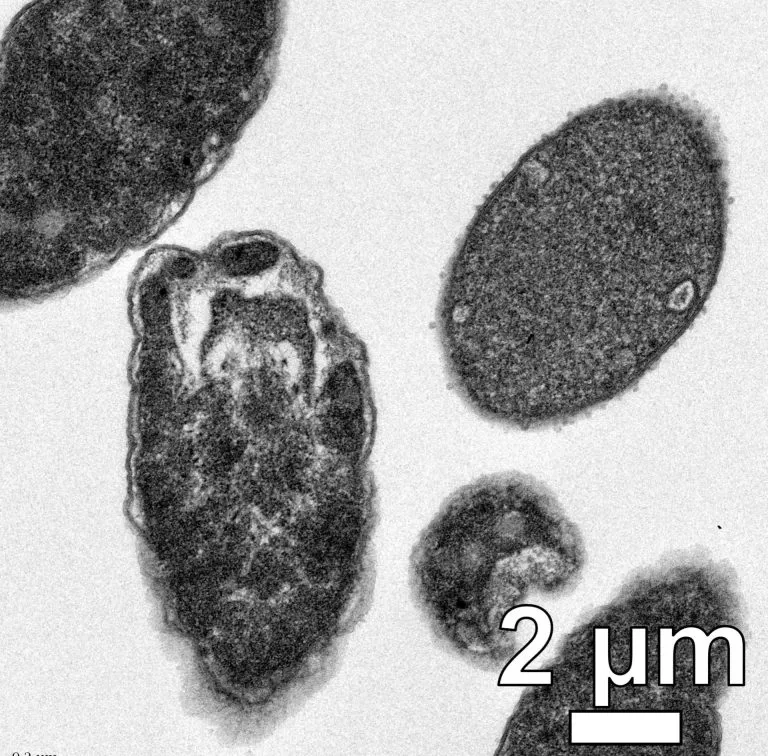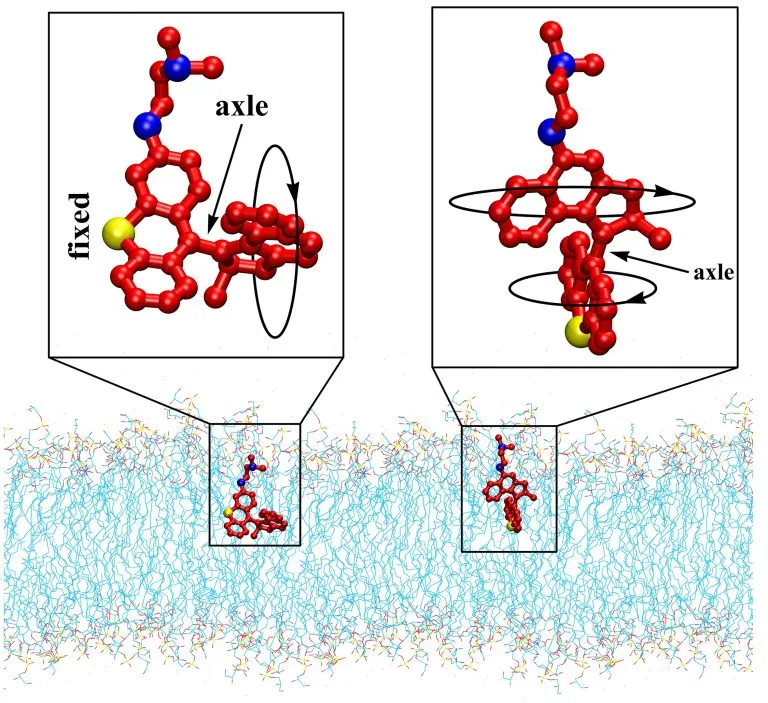A new nanoscale "drill" has been developed, which can effectively kill bacteria These new "molecular machines" are activated by visible light and can drill holes through bacterial cell membranes in just two minutes. Because bacteria have no natural defense against this mechanism, it may be a useful strategy for the treatment of antibiotic resistant bacteria.

The latest iteration of Rice University's nanoscale "drill" is activated by visible light, rather than ultraviolet light, as in earlier versions. Through the test of real infection, these have also been proved to be effective in killing bacteria.
Rice University chemist James tour and his team successfully tested six variants of the "molecular machine". They all made holes in the membranes of gram-negative and Gram-positive bacteria in just two minutes. For those bacteria that have no natural defense against "mechanical invaders", resistance is futile. This means that they are unlikely to develop resistance, which may provide a strategy to defeat bacteria that develop immunity to standard antimicrobial treatments over time.
"I tell students that when they reach my age, antibiotic resistant bacteria will make covid look like walking in the park," tour said. "Antibiotics will not prevent 10million people from dying from bacterial infections every year. But it will really stop them."

The breakthrough study, led by tour and Rice University Alumni ana Santos and Dongdong Liu, will be published in [progress in science] on June 1( https://www.science.org/doi/10.1126/sciadv.abm2055 ) 》In magazines.
Because long-term exposure to ultraviolet radiation can cause harm to human body, rice laboratory has been perfecting its molecules for many years. The new version takes energy from the 405 nanometer static blue light and rotates the rotor of molecules at a speed of 2million to 3million times per second.
Other researchers believe that this wavelength of light itself has mild antibacterial properties, but the addition of "molecular machines" pressurizes it. Tour said that he suggested that bacterial infections such as those suffered by burn patients and gangrene patients would become early targets.
These machines are based on the Nobel Prize winning work of Bernard L. ferringa, who developed the first molecule with a rotor in 1999 and made the rotor rotate reliably in one direction. Tour and his team introduced their advanced drill bits in the 2017 Nature magazine.

Rice laboratory's first test of new molecules on the burn wound infection model confirmed their ability to quickly kill bacteria, including methicillin-resistant Staphylococcus aureus, which is a common cause of skin and soft tissue infection, causing more than 100000 deaths in 2019.
The team achieved visible light activation by adding a nitrogen group. "The stator (stationary) or rotor part of the molecule is further modified with different amines to promote the connection between the protonated amines of the machine and the negatively charged bacterial membrane," the researchers said
The researchers also found that these machines can effectively break down biofilms and stubborn cells, which become dormant to avoid antibiotics.
"Even if antibiotics kill most of the colonies, there are often some stubborn cells that do not die for some reason. But this is not important for the drill," tour said
Like earlier versions, the new "molecular machine" is also expected to revitalize antibiotics that are considered ineffective. "Drilling through the membrane of microorganisms allows ineffective drugs to enter cells and overcome the bacteria's inherent or acquired resistance to antibiotics," Santos said Santos studied at Rice University for two years and now continues to study at the Balearic Islands Health Institute in Parma, Spain.
The laboratory is working to achieve better bacterial localization to minimize damage to mammalian cells by connecting bacterial specific peptide tags with drill bits to lead them to pathogens of interest. "But even if you don't do this, the peptide can be applied to areas where bacteria are concentrated, such as burned wound areas," Santos said